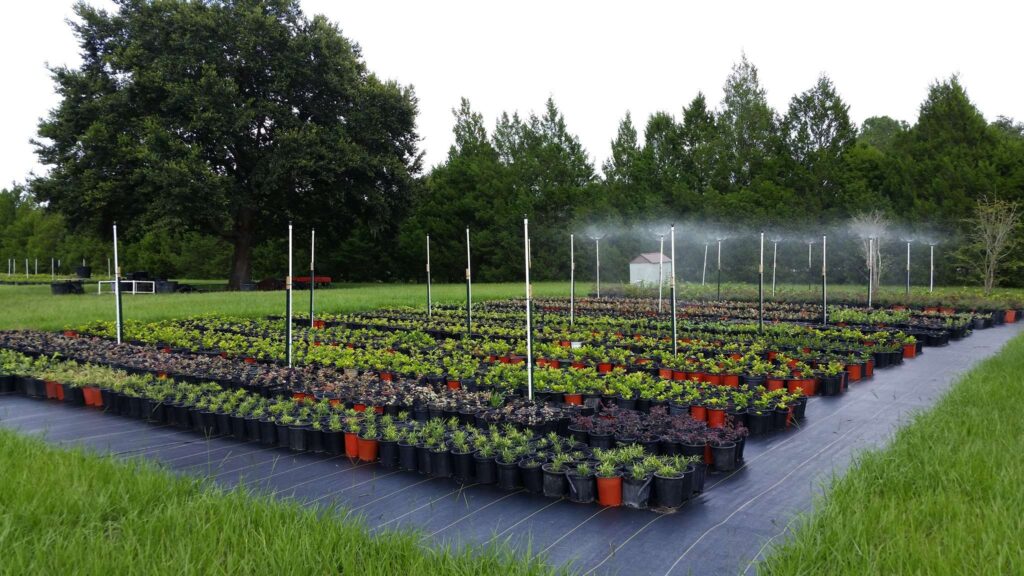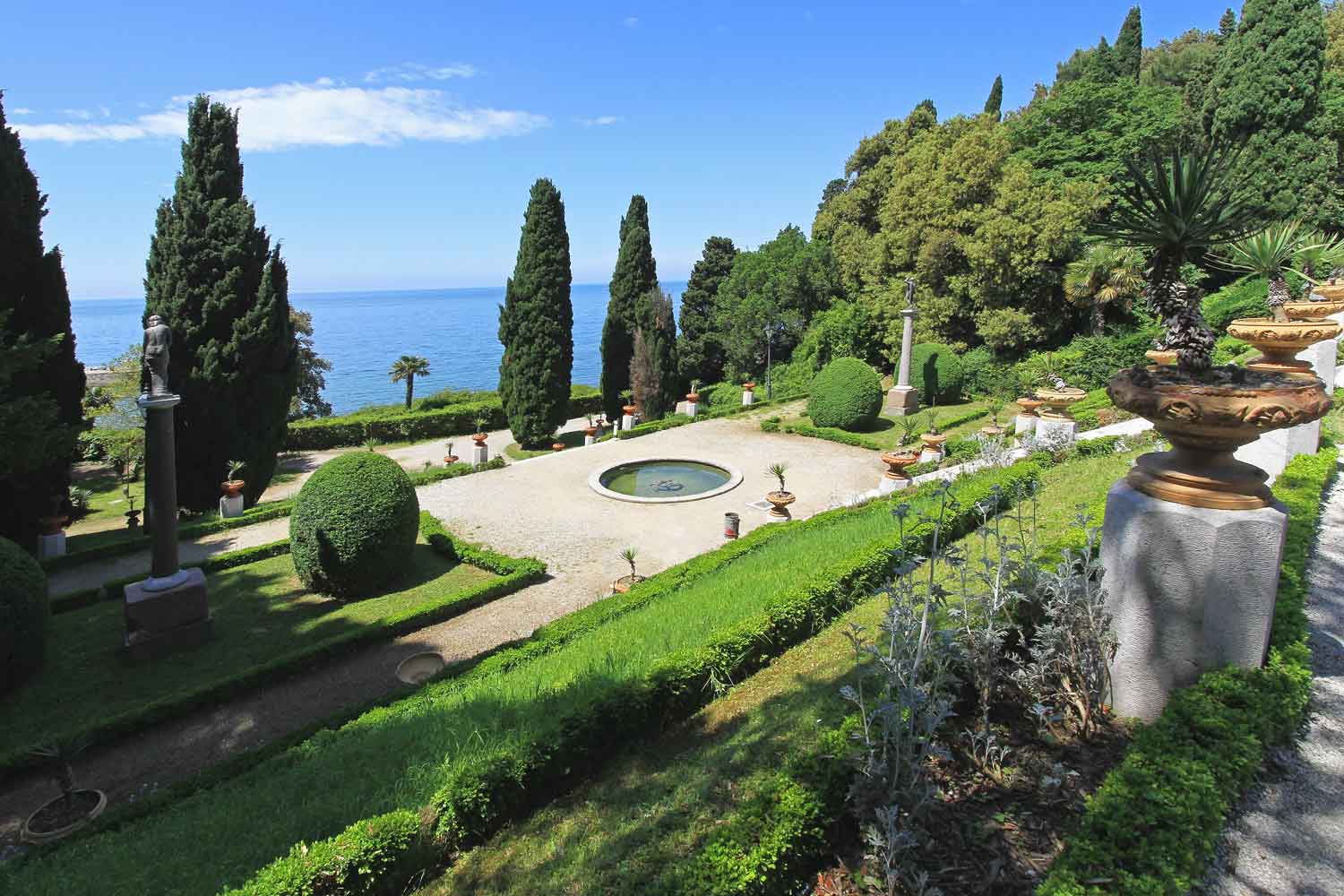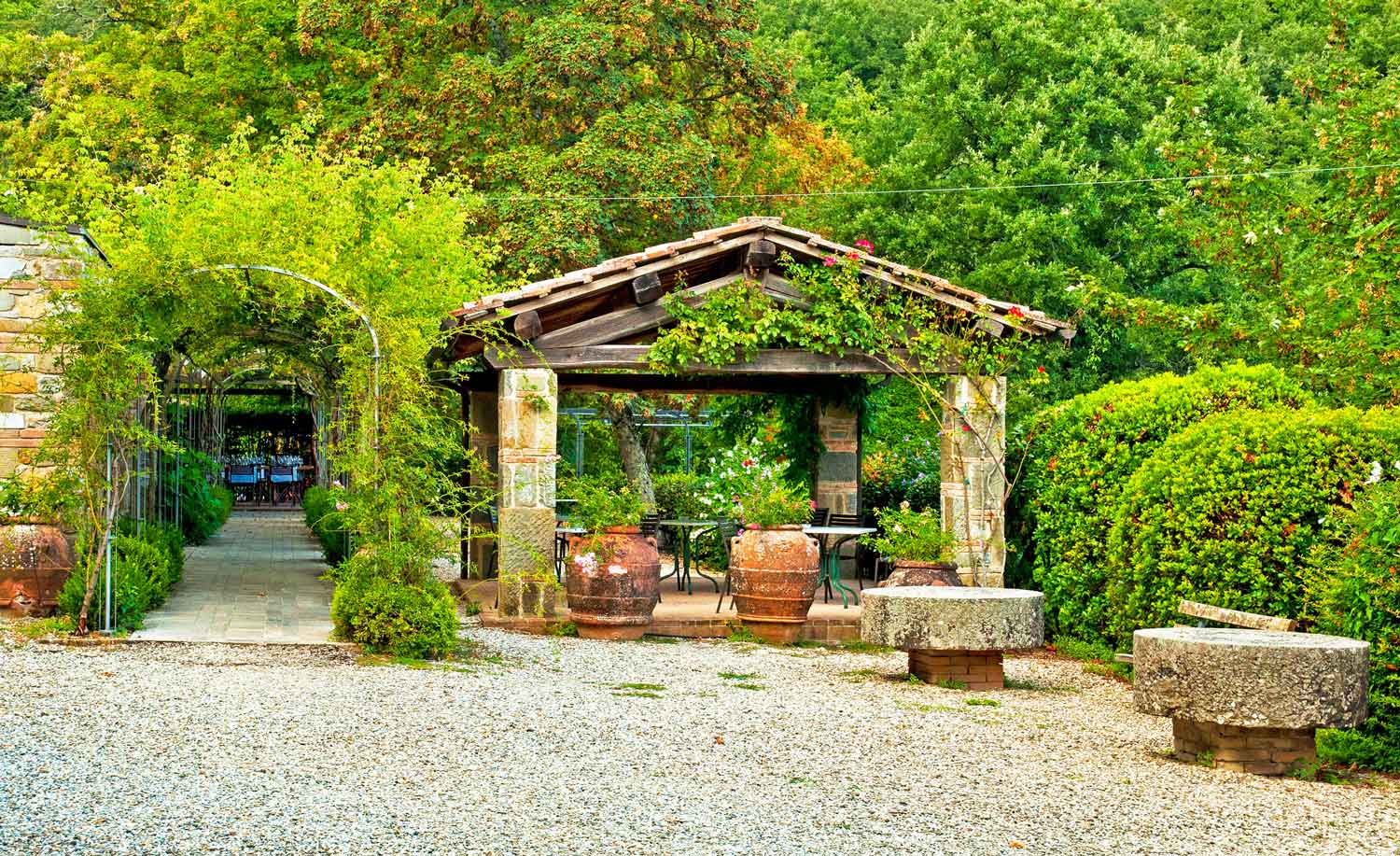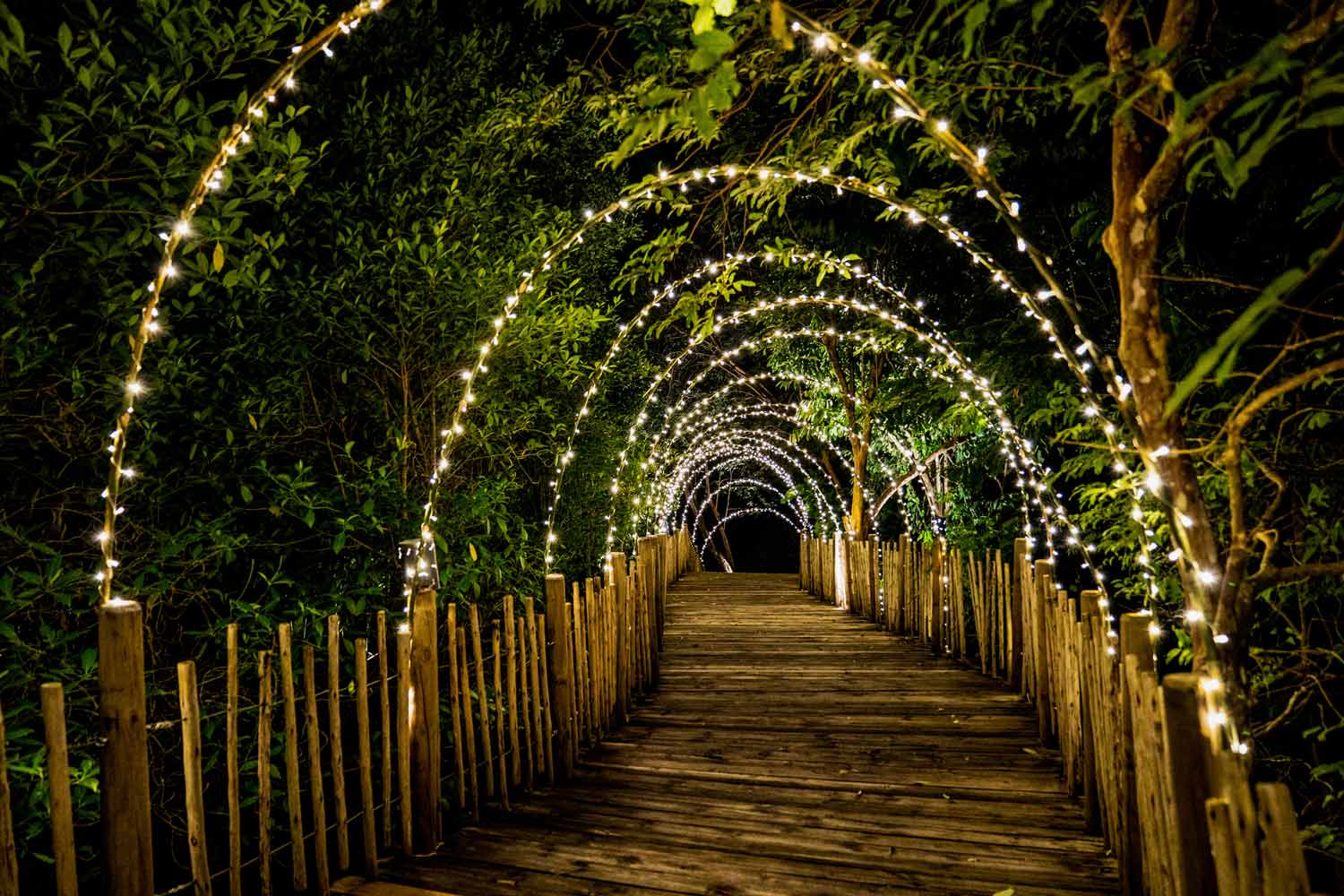Florida is the southernmost state in the United States and is known for its great weather. A vast area of the state has a humid subtropical climate, that is, they enjoy long, warm, and typical humid summers with mild and cool winters. While the weather is great for inhabitants, it dictates the type of plants that can survive in this area.
Southern Florida has a tropical climate and experiences thunderstorms in the summer months. Hurricanes and tornadoes are also common at certain times of the year. In the coastal regions of Florida, the temperature is typically warmer during winter and cooler during the summer months.
If you’re planning a perfect landscape for your property, it is wise to first answer the question, “what landscape zone do I live in?”. The growing zones across Florida range from 8a to 11a. This means that property owners can take advantage of various plants, vegetables, flowers, trees, shrubs, herbs, and fruits for ornamental and other purposes.
Read on to narrow down the information to know what to plant and what to avoid.
What Are Planting Zones?
Landscaping zones are very important when deciding what to plant on your property. Knowledge of your landscaping zone can modify the types of trees, shrubs, vegetables, grasses, and flowers that’ll go into your landscape and garden. With a perfect understanding of your landscaping zone, you can save time and resources by focusing on more suitable and appropriate plants.
The United States Department of Agriculture (USDA) is specific with the geographical classification of states and areas within the United States. The plant hardiness zone map breaks the entire United States into 13 zones. The zones can be further divided into two broad categories based on their average temperatures.
Florida Zones
To answer the question of “what landscaping zone am I in?” Florida falls between Zone 8a and 11a. The different characteristics of each of those zones are highlighted below.
Planting Zone 8
This is considered one of the warmest plant hardiness zones. Areas within this zone are mostly located in the Southern region of the United States but may trend up to the western coast. These areas have an average minimum winter temperature of between 10 to 20 degrees F and hot summers. For Zone 8a, the minimum average temperature falls between 10 and 15 degrees F, while 8b has between 15 and 20 degrees F.
Planting Zone 9
Areas within Florida that fall within planting zone 9, are considered an all-year-round planting zone. These areas have a minimum winter temperature of 20 to 30 degrees F. Zone 9a has a minimum average temperature of 20 to 25 degrees F, while zone 9b has a minimum average temperature of between 25 to 30 degrees F.
Planting Zone 10
These areas have a minimum winter temperature of between 30 and 40 degrees F. Zone 10a has a minimum temperature of 30 to 35 degrees F, while Zone 10b has 35 to 40 degrees F as the minimum average temperature.
Planting Zone 11
These areas have a minimum average temperature of between 40 and 50 degrees F. Zone 11a has a minimum average temperature of between 40 and 45 degrees F, while Zone 11b has a minimum average of between 45 and 50 degrees F.
Plants to Grow in Zone 11
- Vegetables: Beets, Carrots, Cabbage, Kale, Swiss chard, Sweet peas, and Radishes.
- Fruit Trees: Seagrape, Natal plum, Mango, Macadamia, Jaboticaba, and Moringa tree.
- Herbs: Basil, Thyme, Mint, Mexican oregano, Chives, and Lemongrass.
- Flowers: like Ponytail palm, Bougainvillea, Begonias, Anemone coronaria, Drumstick allium, and Kangaroo paws.
If you’re in Florida and have been wondering “what landscape zone do I live in,” the above guide will help you choose the best landscaping plants for your needs.
If you need assistance with choosing the right plants for your landscape in Florida, look no further than Highland Grove Landscaping and Farm. Our professional landscapers in Central, FL are ready to assist you with all of your landscaping needs. If you are a landscaper looking for plants, take a look at our wholesale plant nursery.





